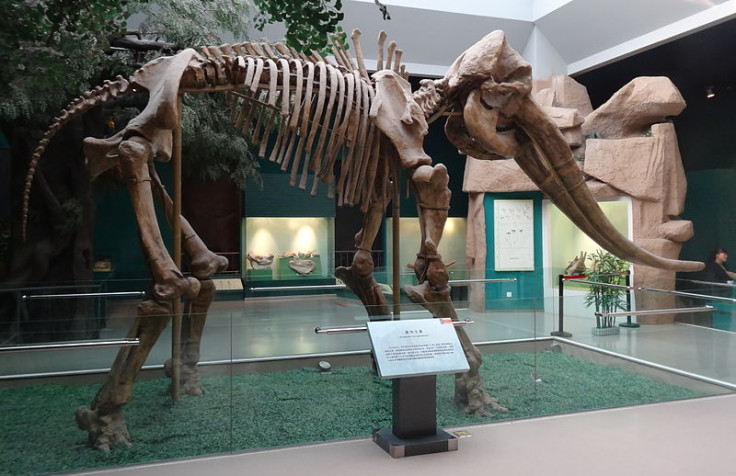Earliest stegodons came from China, not Africa, 11 million-year-old fossils suggest

The first stegodons – ancestors of modern-day elephants – originated in China, not Africa, fossils discovered in Lanzhou Basin suggest. Researchers have found stegodon fossils at the north-western boundary of Lanzhou Basin that pre-date the earliest found in Kenya by at least one million years – and possibly up to four million years.
The study, published in the journal Earth and Planetary Science Letters, says the find provides new evidence for the origin of a member of the Elephantidae family to Asia, rather than Africa. It also suggests the region would have been a rich woodland or grassland, rather than the arid desert it is today.
An international team of researchers, led by Hong Ao from the Chinese Academy of Sciences, noted how the Lanzhou Basin is a rich source of mammal fossils from the Oligocene-Miocene era (around 34 million years to five million years ago). Finding precise ages for the fossils there are important to establishing the mammal and environmental evolution in Asia linked with the uplift of the Tibetan Plateau.
Stegodon is an extinct mammal from the family Elephantidae. They were one of the largest of the order Proboscidea, with one male found standing at around 3.8m (12.7ft) tall and weighing over 12 tonnes. Their fossils have been found across Asia, Africa and India – but where they first came from is unknown. They went extinct around 11,000 years ago.
Researchers said the stegodon fossils found were at least eight million years old, and possibly 11 million years old: "Both age estimations imply that the fossil stegodon in the Lanzhou Basin is the oldest known record of stegodon worldwide; it predates the formerly oldest stegodon find from Africa by at least one million years and perhaps by as many as four million years," they wrote.
Speaking to the South China Morning Post, Ao said: "These [Chinese] fossils are much older than those found in Africa, which some people argue to be the birthplace of stegodons. Considering that most of the world's stegodon fossils have come from China, we believe these giant elephants originated in Gansu before spreading elsewhere."
The authors say stegodons may have experienced a population boom around eight million years ago, which led them to emigrate to west Africa – they likely entered via Egypt, they added.
As well as finding out more about stegodon beginnings, the team also say their findings suggest the Gobi Desert would have been covered by forest and grass that sustained these prehistoric creatures. "We've found an enormous amount of mammalian fossils in Gansu. It would have served as a paradise full of bounteous life until recent times," Ao said.
© Copyright IBTimes 2024. All rights reserved.









